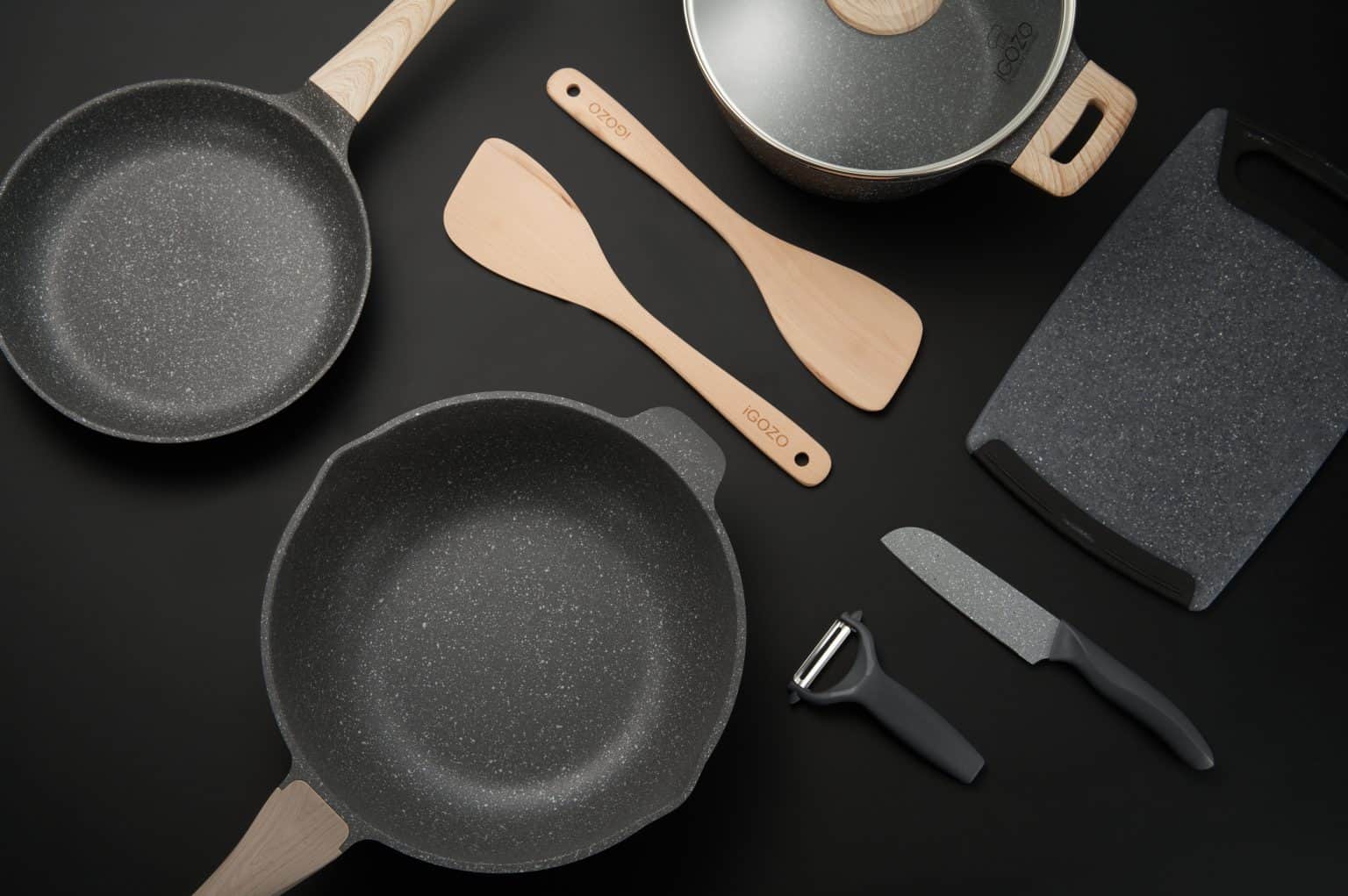Are you in the market for non-stick cookware but feeling overwhelmed by conflicting information? Fear not! We’re here to dispel the myths and provide you with the knowledge you need to make an informed decision. With so many misconceptions circulating about non-stick coatings, it’s crucial to separate fact from fiction. From concerns about durability to questions about harmful chemicals, we’ll address these myths head-on and set the record straight. By the end of this guide, you’ll have a clear understanding of what to look for in non-stick cookware and can confidently choose the best options for your kitchen.
MYTH #1 : Is it accurate to say that all "non-stick coatings" are fundamentally identical?
Absolutely not. Non-stick coatings exhibit significant variation based on the number of layers they possess (1, 2, or 3) and whether they are reinforced. Additionally, coatings can be composed of either PTFE or silicone, each offering distinct characteristics.

MYTH #2 : Non-stick coatings do not have a long lifespan.
It might have been a concern in the past, particularly in the 1960s and 1970s, but it’s outdated information. Nowadays, non-stick coatings can endure for decades, thanks to numerous technological advancements in coating technology.
The prevalence of lifetime warranties on many premium household items underscores this reality. However, it’s important to note that while non-stick coatings can be incredibly durable, they will inevitably degrade over time, particularly if subjected to the abrasive action of metal utensils.
MYTH #3 : PFOA is present in non-stick coatings.
Despite concerns, it’s uncommon to find PFOA in non-stick coatings, even in its liquid state. In instances where older PTFE technology might still include PFOA, the curing process completely eliminates it. Consequently, it’s implausible for a PTFE-coated cookware surface to retain PFOA.
MYTH #4 : A minor scratch renders a non-stick coating useless.
Contrary to popular belief, a minor scratch or scrape doesn’t spell doom for your non-stick cookware. Despite its unsightly appearance, as long as the majority of the coating remains intact on the bottom of the vessel, it will continue to perform excellently.
MYTH #5 : Costly non-stick cookware lasts longer than its cheaper counterparts.
While it’s commonly assumed that pricier non-stick cookware lasts longer due to additional coating layers, the reality is more nuanced. Although higher-end brands may boast more layers, whether this significantly extends the pan’s lifespan is up for debate. Ultimately, the key to longevity lies in diligent maintenance and mindful usage, regardless of the initial cost.
Conclusion
In conclusion, don’t let common myths cloud your judgment when it comes to selecting non-stick cookware. By arming yourself with accurate information, you can navigate the market with confidence and find the perfect cookware to suit your needs. Remember, durability and performance are key considerations, but proper care and maintenance play a crucial role in prolonging the lifespan of your non-stick pans. With the right knowledge and care, you’ll be well-equipped to enjoy the convenience and efficiency of non-stick cookware for years to come.



